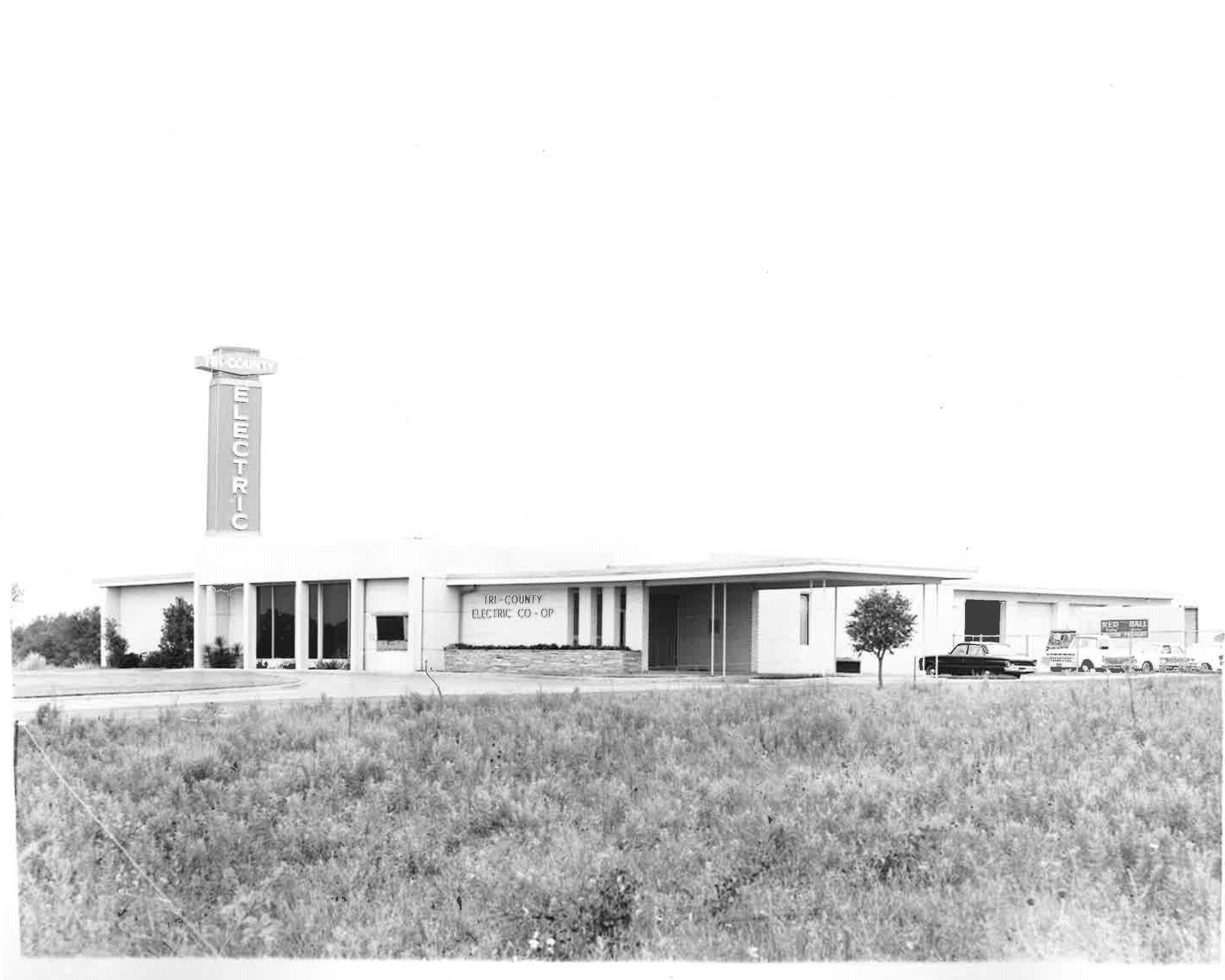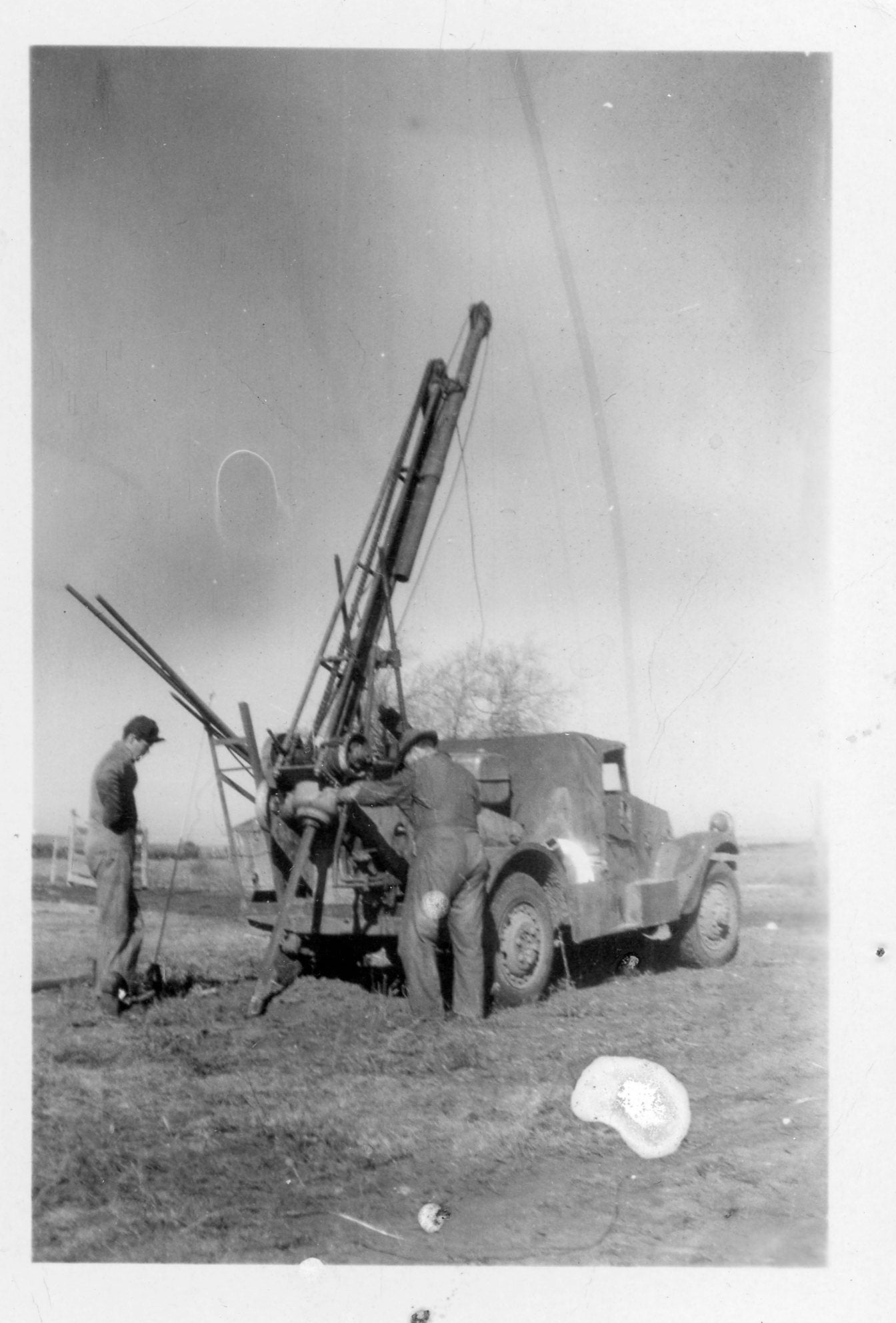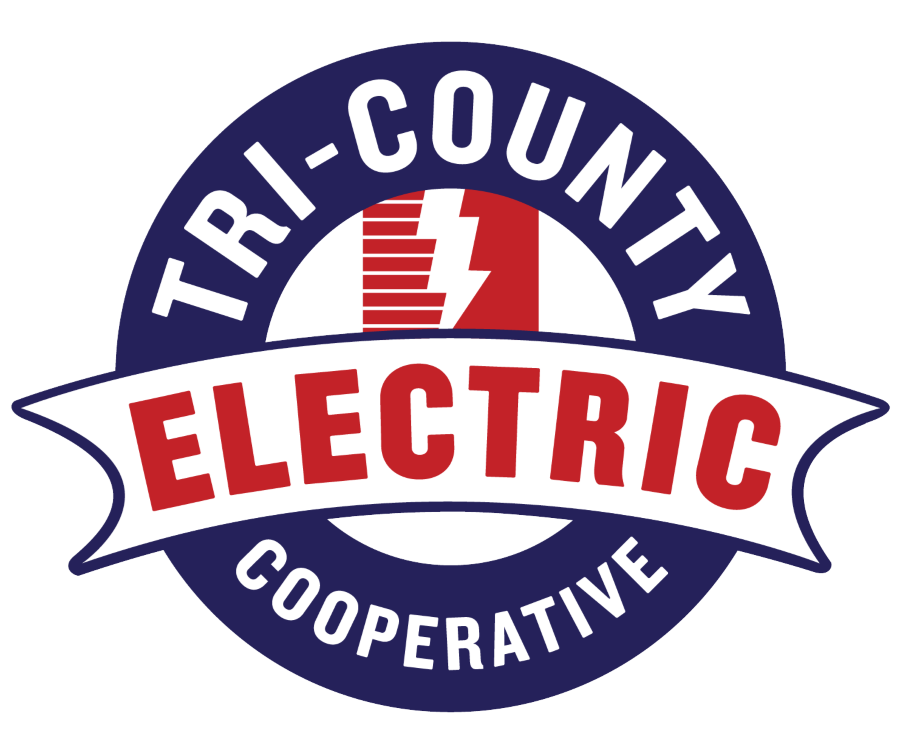A question we hear often: "What is a rural electric cooperative' doing in... ?"
Today, most of Tri-County Electric Co-op’s members live in cities, and many of the rest live in or near bustling towns like Westlake, Granbury, Haslet, Azle and Hudson Oaks.
We’re there because every bit of Tri-County Electric Co-op’s original turf was rural. Back in the 1930s, the homes, farms, schools and businesses in that 16-county, 200-mile swath of North Texas were not on the radar of for-profit utilities.
Tri-County Electric Co-op’s 10,000-plus miles of overhead and underground power lines connect homes, schools, hospitals, commercial and industrial accounts, farms, oil & gas sites – everything from data centers to deer camps.
More than 135,000 smart meters relay information to our Operations Center via a fiber-optic network. When you call, you talk to a real, live member service representative in one of our five offices: Aledo, Keller, Azle, Granbury or Seymour. Members can take advantage of multiple ways to pay their bills, and access resources like energy audits, solar and backup generator programs, and outage texting.
So how did this 21st-century electric utility get its start?


Rural Beginnings
The co-op traces its roots to a Halloween night meeting in 1938 at Liberty School, north of Azle. Over the next two months, rural leaders visited schools, churches and community centers telling folks about a new agency – the Rural Electrification Administration – and signing up those who wanted electric power for their homes, farms and businesses.
By the time Tri-County Electric Co-op was chartered on March 20, 1939, it had 375 members and a rented office in the two-story rock building that now houses the Azle Historical Museum. The first power was delivered that December to 112 homes, but the system quickly expanded to serve farms, schools, churches and rural communities in Parker, Tarrant, Wise and Hood counties. The lines eventually extended into Jack, Palo Pinto and Denton counties.
By the time World War II ended in 1945, the co-op had a new office on Main Street and was supplying power to around 1,300 members.

Age of Growth
Membership grew steadily through the 1950s, 1960s and 1970s. The co-op opened a new headquarters in Azle in 1964; the Keller office opened in 1965 and the Granbury office came on line in 1973 as membership crossed the 10,000 mark. That year, the opening of D/FW Airport began to transform rural communities in north Tarrant County into suburbs and cities.
By 1987, the co-op’s membership had topped 20,000 and the Alliance development had begun another exciting transformation in Tri-County Electric Co-op territory.
In 1998, Tri-County merged with B-K Electric Cooperative, based in Seymour, adding nine more counties to the service area. Membership topped 30,000 that year, and skyrocketing growth pushed the number to 60,000 by 2007. In 2022, Tri-County Electric Co-op crossed the 100,000 mark and took its place among the 20 largest electric cooperatives in the United States.
Bursting at the seams, the co-op moved its administrative offices to Aledo in May 2020. Annual meetings went online that year – a move that had a positive effect on participation and communication. Bylaws changes made it possible for members to seek board seats by petition, and to vote online as well as by mail, bringing more democracy and diversity to the board.
Tri-County Electric Cooperative continues to innovate to increase value for our members. As rich as our history is, we’re even more excited about the future.
